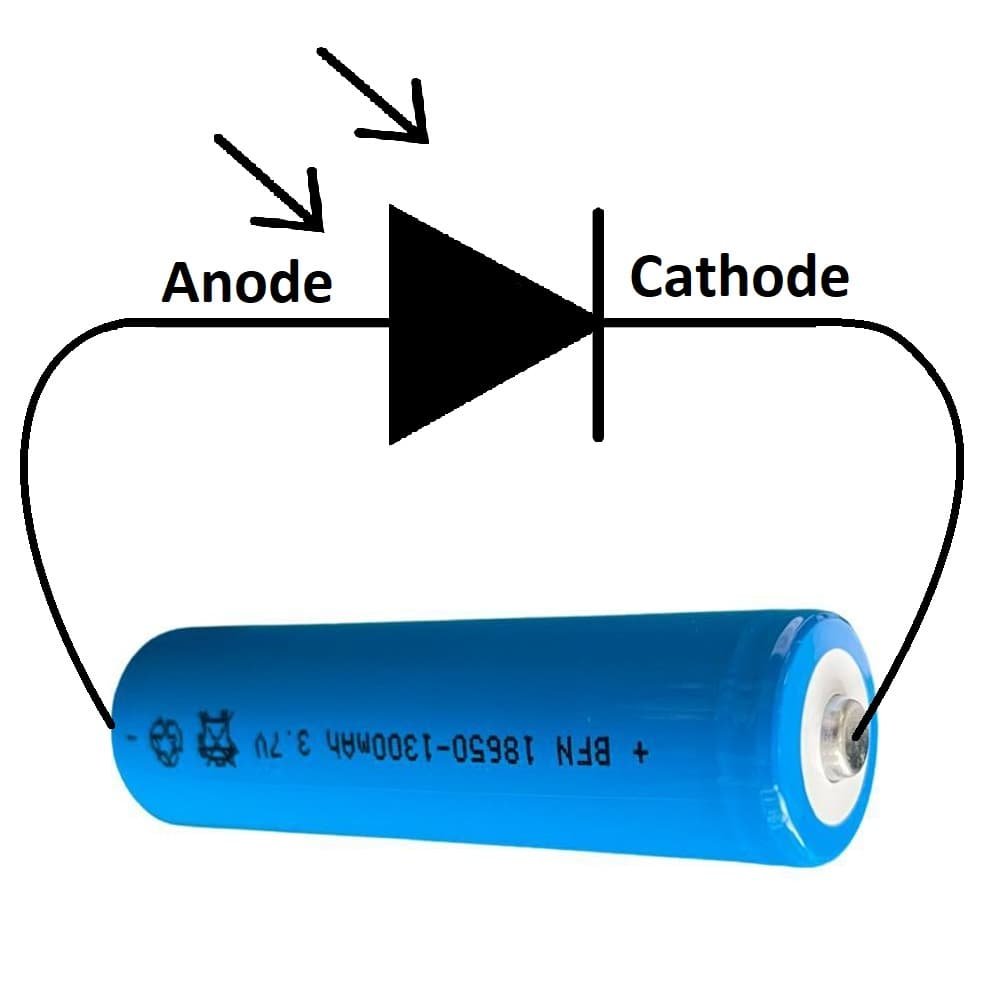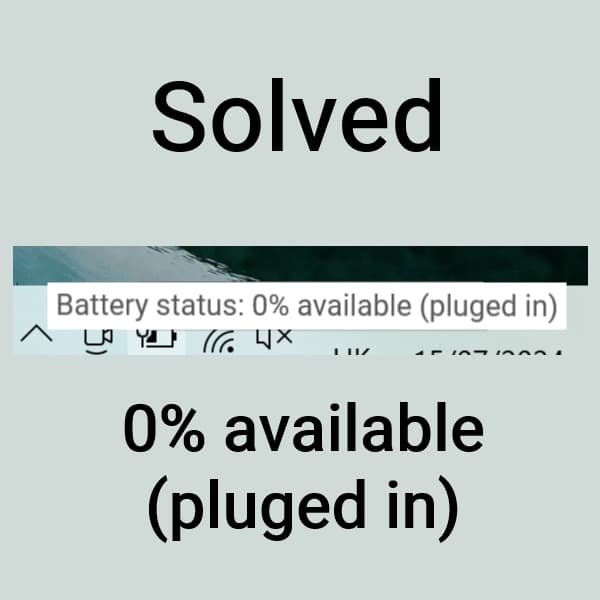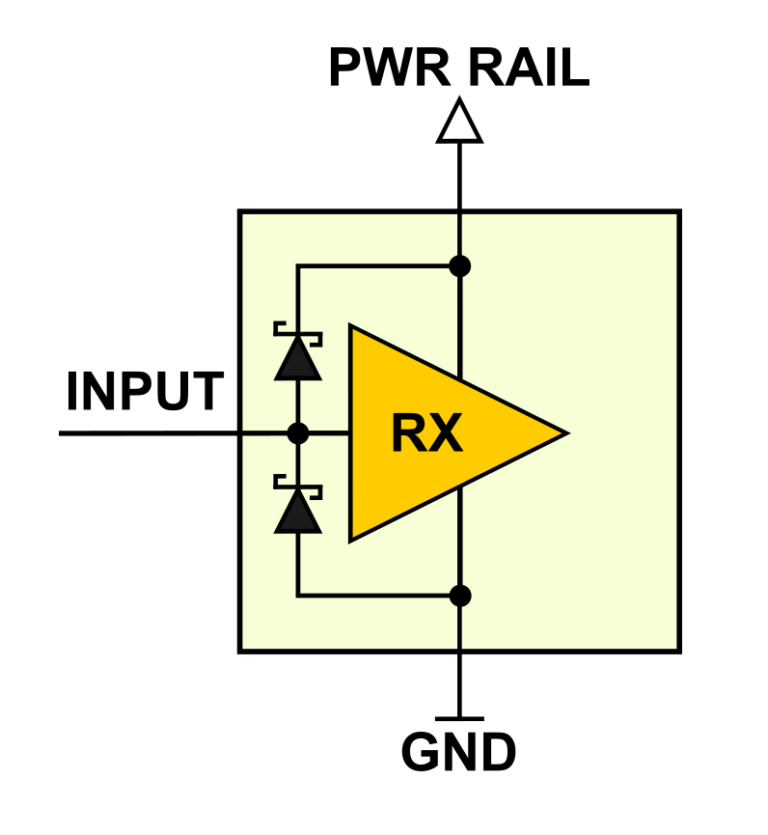
A photodiode is a type of semiconductor device that converts light into an electrical current. It can be used with or without a reverse bias applied. Reverse biasing a photodiode is accomplished by putting the cathode at a greater electric potential than the anode. In other words, a negative voltage is applied to the anode. When a photodiode is biased, it operates in photoconductive mode. And when the photodiode is unbiased, it operates in photovoltaic mode.
Biased – Photoconductive mode
A photodiode in the photoconductive mode can be reverse biased by voltages up to the specified maximum reverse voltage. If the reverse bias voltage is increased over the maximum stated threshold, the photodiode may experience reverse breakdown, which causes the amplitude of the current to rise exponentially, and the photodiode may be permanently damaged.
In general, the bias voltage applied to a photodiode should be selected such that the photodiode operates in its linear region, where the current flowing through the device is proportional to the intensity of the light being detected.
The use of a reverse bias can significantly increase the speed of response and linearity of a photodiode. This is due to an increase in the depletion region width and, as a result, a decrease in junction capacitance. While applying a reverse voltage to a photodiode improves linearity, it also increases dark current. This current is directly proportional to temperature and doubles for every 10 °C increase in temperature.
That said, a photodiode in photoconductive mode, in general, is usually used in high-speed applications where fast optical pulses need to be detected. This mode is also preferred when a wide dynamic range is needed.
Unbiased – Photovoltaic mode
In the photovoltaic mode, a photodiode is zero biased. Here, the flow of current out of the device is restricted, and a voltage builds up. It simply functions as a solar cell, which converts light into electricity.
A photodiode’s response is slower in photovoltaic mode due to a greater junction capacitance than in photoconductive mode.
When in photovoltaic mode, the quantity of dark current is maintained at a minimum. Because there is no bias provided to a photodiode in photovoltaic mode, dark current is specified in the form of shunt resistance. The shunt resistance tends to double for every 6 °C rise. An ideal photodiode will have an infinite shunt resistance, but in practice, values might range from tens of ohms to hundreds of megaohms. However, for most applications, the high resistance has a minimal effect and may be ignored.
The photovoltaic mode of operation is preferred when a photodiode is used in low-frequency applications as well as ultra low light level applications. Furthermore, the photodiode can be operated with zero bias voltage in cases where dark current influences must be avoided.
Forward biasing a photodiode
Photodiodes can operate with forward bias, but only as a forward biased diode. Shining a light on it will not produce a measurable change in the current because the forward current will overpower any light produced current. Furthermore, photodiodes with forward biases greater than 0.7 volts will conduct a significant amount of current. If the current exceeds a specific threshold level or if the conduction time exceeds a specified amount, the photodiode may be permanently damaged.
Summary
Biasing photodiodes is a very common practice, especially in industries that favor speed over the overall sensitivity of the photodiode. However, in ultra low light level sensing applications, zero volt bias is preferred.


